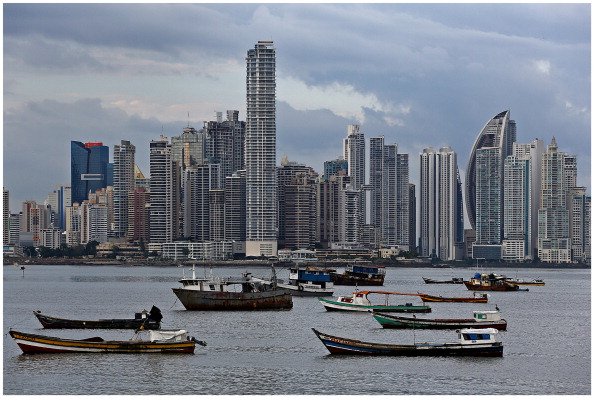 A great article from
A great article from ![]() on the advancement of clean energy investment in Latin America, and what countries in the region are doing to add to the fabric of the global renewable energy process. Future investment will be key to keeping this going, and all signs point towards added investment at a major rate over the next few years.
on the advancement of clean energy investment in Latin America, and what countries in the region are doing to add to the fabric of the global renewable energy process. Future investment will be key to keeping this going, and all signs point towards added investment at a major rate over the next few years.
To find out more about Latin America’s biggest investors and producers of clean energy, give Latin Target a test drive. We give you inside access and the most updated information about the top decision-makers and companies on the continent. Give us a call today to find out more.
Clean energy investment is booming in Latin America with a huge US$4.6 billion recorded in 2012, signalling the region’s potential to lead the global clean revolution.
The investment is a 127% increase on 2011, according to data that has been released by Bloomberg New Energy Finance (BNEF) ahead of this week’s Renewable Energy Finance Forum – Latin America and Caribbean in Miami.
Latin America’s clean energy finance growth is led by the following countries:
- Mexico topped clean energy investment, rocketing 595% on 2011 levels to hit US$1.9 billion
- Chile saw the second biggest growth of 313% to US$1 billion
- Uruguay increased 313% to reach US$105 million
- Peru climbed 175% to a total of US$643 million
- The total figures do not include Brazil, which alone boasted total financial investments in clean energy of US$5.2 billion.
Maria Gabriela da Rocha Oliveira, Head of Latin America Research and Analysis at BNEF said: “The increased investment in non-Brazil Latin America was driven by increased activity by the Inter-American Development Bank. Additionally, European players, both project developers and manufacturers, have become more active in the region given grim conditions at home.”
Carlos St. James, president of the Latin American and Caribbean Council on Renewable Energy (LAC-CORE) and CEO of VOLA Investments LLC said: “As investments in clean energy declined in 2012 due to the ongoing financial crisis, the sector was actually growing in most of Latin America. This is a huge boon for clean energy finance and the region, which we expect to continue to grow. The most exciting trend is that this has moved beyond Brazil, with other countries now seeing amazing growth and potential.”
Mark Kenber, CEO, The Climate Group, said: “Not only does this huge growth not count the region’s largest economy, Brazil, it is all the more impressive considering the 11% drop in clean energy financing that the rest of the world experienced in the same period, as reported by BNEF in January. While the overall decline helped drive international businesses towards the more promising markets in Latin America, these emerging economies are investing in clean energy because they see the opportunity of secure energy, lower technology costs, quick installation and sustainable growth. Clean energy investment has driven job creation and is seen by many as the key the long-term competitiveness.
“2012’s clean energy investment surge reflects Latin America’s potential to lead the global clean revolution, but national policies must continue to give green investors the incentives and stability they’re looking for to maintain a steady growth in 2013 and beyond.”
What is Latin Target? Find out at www.latintarget.com





